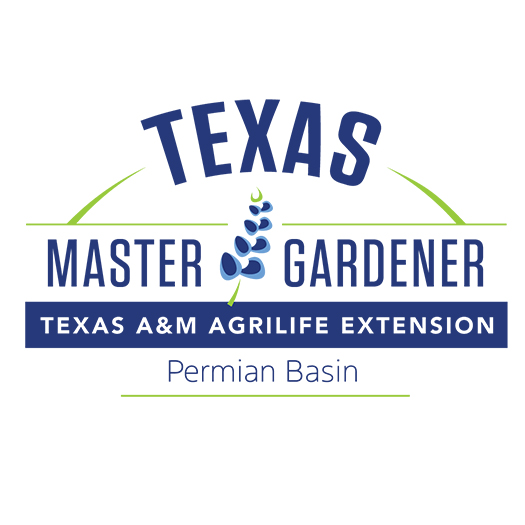By Debbie Roland and
Emmy Ulmschneider
Master Gardeners
As people who try to do our part to conserve water, neither of us have much lawn to take care of. However, as we drive around town, we know that there are still some people who do have lawns so we thought some general information and some tips might be in order.
First, know what kind of turf you have. That will determine the mow height, how much irrigation water and fertilizer you need as well as how well your turf will perform in times of stress. The table shows general averages which are greatly affected by wind, temperature, and day length.

The goal of irrigation is to maintain soil moisture and to do that you need to know how much water your irrigation device delivers as well as how to check for proper soil moisture and water distribution. You don’t need to water past the root zone, and you can use your finger or screwdriver to “feel” the moisture level. You can use catch cans or empty tuna fish cans to measure how much water your irrigation system delivers.
When mowed and trimmed properly, your lawn will be healthy which reduces the need for watering, keeps your maintenance time to a minimum, and a healthy lawn means fewer weeds. So here are some tips we can all use:
Step 1: Trim using a string trimmer. If you trim first, the mower will mulch the trimmings for you. Do not damage the bark of your tree by trimming too close to the trunk. Establish a grass free area around the base of your tree and keep it mulched.
Step 2: Mow at the right height. The rule is to only take off 1/3 of the grass height to prevent sunburn or damage to the roots. See table above.
Step 3: Mow grass when it is dry because wet grass mows unevenly. Mowing wet grass can promote the spread of disease. Keep your blades sharp to maintain a neat appearance and prevent damage to your grass. Alternate the direction you mow. Mowing at a 90-degree angle to your last pattern will keep the grass from compacting.
Step 4: Rake up the piles of grass in your yard. Leaving small, chopped clippings to decompose and improve the soil is fine, but larger clumps can cause brown spots in your yard.
Step 5: Most importantly, be very careful about how much water you use. Irrigation of turf grass accounts for nearly 70% of an average homeowner’s water bill. An established yard will use less water than most people think, and you can calculate how much water you need to apply. If you have water running off your property (and especially if it is running down the street) please check your sprinkler system regularly for leaks or change the time it runs. Water deeply and infrequently.
If you have questions, call the AgriLife office in Odessa at 498-4071 or in Midland at 686-4700. Additional information, and our blog for access to past articles, is available at westtexasgardening.org. Click on “Resources.”




